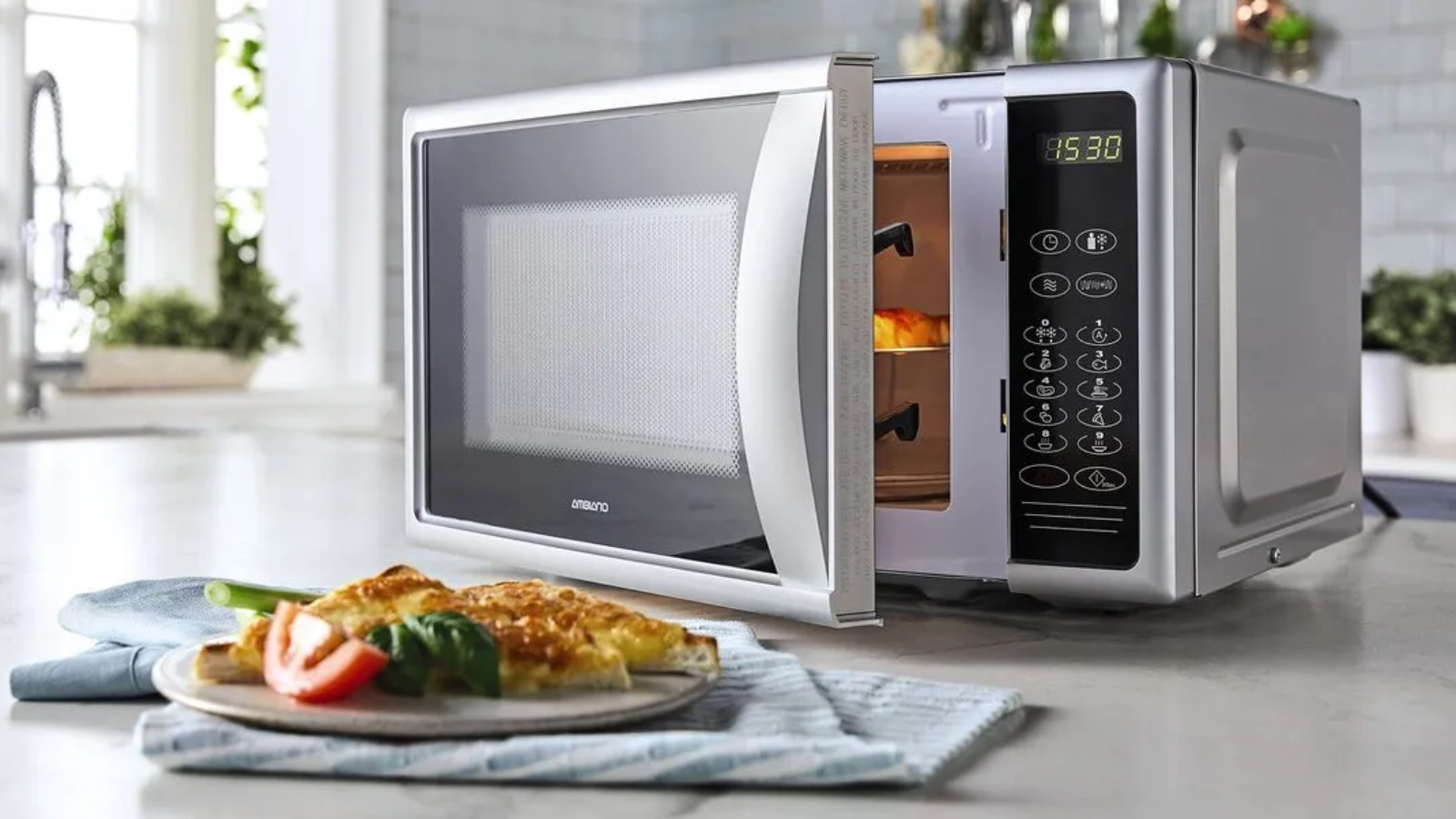How to Repair a Microwave: A Comprehensive Guide
Microwaves have become essential kitchen appliances, making meal preparation quicker and more convenient. However, like any other electronic device, they can encounter issues over time. Before you consider replacing your microwave, why not try repairing it yourself? This guide will walk you through common microwave problems and provide step-by-step instructions on how to troubleshoot and repair them.
Understanding the Basics
Before diving into microwave repairs, it’s crucial to grasp the basics of how they operate and the potential risks involved. Microwaves work by emitting electromagnetic radiation at a frequency that excites water molecules in food, causing them to heat up. However, this radiation can be dangerous if mishandled, so safety precautions are paramount.
Safety Precautions
- Unplug the Microwave: Before starting any repairs, unplug the microwave from the power source to avoid electric shock.
- Wear Protective Gear: Put on rubber gloves and safety goggles to protect yourself from electrical hazards and sharp edges.
- Work in a Well-Ventilated Area: Some microwave components may emit harmful fumes when heated. Working in a well-ventilated space can prevent inhalation.
Common Microwave Problems and Solutions
1. Microwave Not Turning On
Possible Causes:
- Faulty Power Cord
- Blown Fuse
- Defective Door Switch
Solution:
- Check the Power Cord: Inspect the power cord for any visible damage. Replace it if damaged.
- Inspect the Fuse: Open the microwave’s outer cover (after unplugging it) and locate the fuse. Replace it if blown.
- Test the Door Switch: Use a multimeter to check the continuity of the door switches. Replace any faulty switches.
2. Microwave Not Heating
Possible Causes:
- Malfunctioning Magnetron
- Burnt-out Diode
- Defective Capacitor
Solution:
- Test the Magnetron: Use a multimeter to check the continuity of the magnetron. Replace it if faulty.
- Inspect the Diode: Test the diode for continuity. Replace it if burnt-out.
- Check the Capacitor: Test the capacitor for continuity. Replace it if defective.
3. Sparks or Arcing Inside the Microwave
Possible Causes:
- Metal Objects Inside the Microwave
- Damaged Waveguide Cover
- Faulty Stirrer Fan
Solution:
- Remove Metal Objects: Take out any metal utensils or objects from the microwave to prevent sparks.
- Inspect the Waveguide Cover: Check for damage or burning on the waveguide cover. Replace if necessary.
- Test the Stirrer Fan: Ensure the stirrer fan is functioning correctly. Replace if not.
Conclusion
Repairing a microwave may seem daunting, but with the right knowledge and precautions, it’s entirely feasible to troubleshoot and fix common issues. Always prioritize safety, and if you’re unsure about a repair, seek professional assistance. By taking care of your microwave and addressing problems promptly, you can extend its lifespan and continue to enjoy its convenience for years to come.

